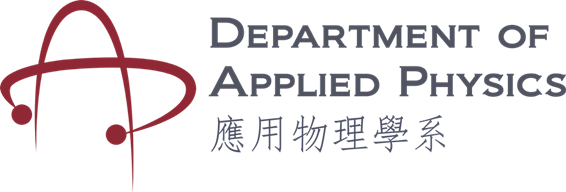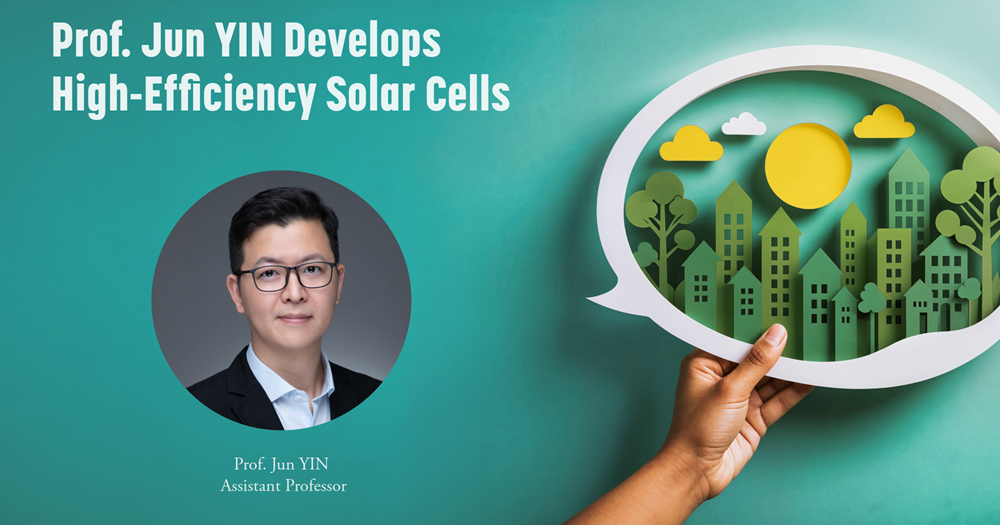The Department of Applied Physics has made a significant advancement in solar technology by developing a perovskite/silicon tandem solar cell with an unprecedented energy conversion efficiency of 33.89%. Led by Prof. Yin Jun, the research team utilized an innovative bilayer-intertwined passivation strategy, which greatly enhances charge extraction and minimizes energy loss. This breakthrough effectively overcomes previous limitations in efficiency and opens new possibilities for the application of renewable energy technologies.
The new solar cells have been certified, marking the first time they have surpassed the Shockley-Queisser limit of 33.7% for single-junction solar cells. In addition to their impressive efficiency, these cells exhibit exceptional photovoltaic performance, including a high fill factor of up to 83% and an open-circuit voltage nearing 1.97V. This research not only showcases the potential of photovoltaic technology but also provides a solid foundation for the ongoing development of sustainable energy solutions, contributing to a greener, low-carbon future.
Please visit here to view the research findings published in the international journal Nature.
Online coverage:
| Ta Kung Pao | 教育線上/理大研製高效太陽能電池 | 21 May 2025 |





